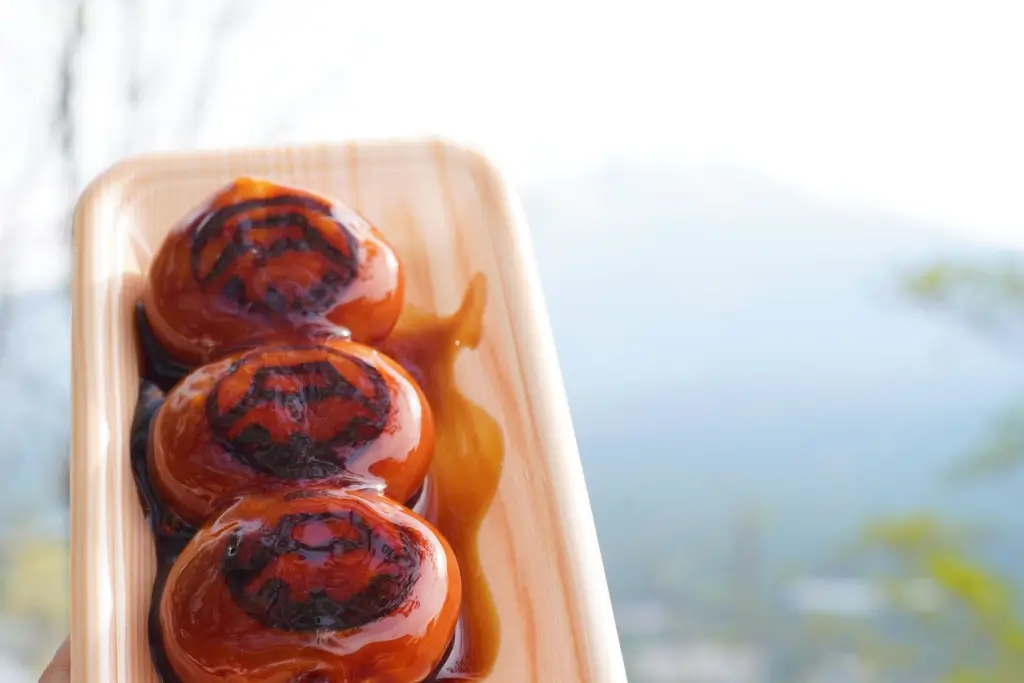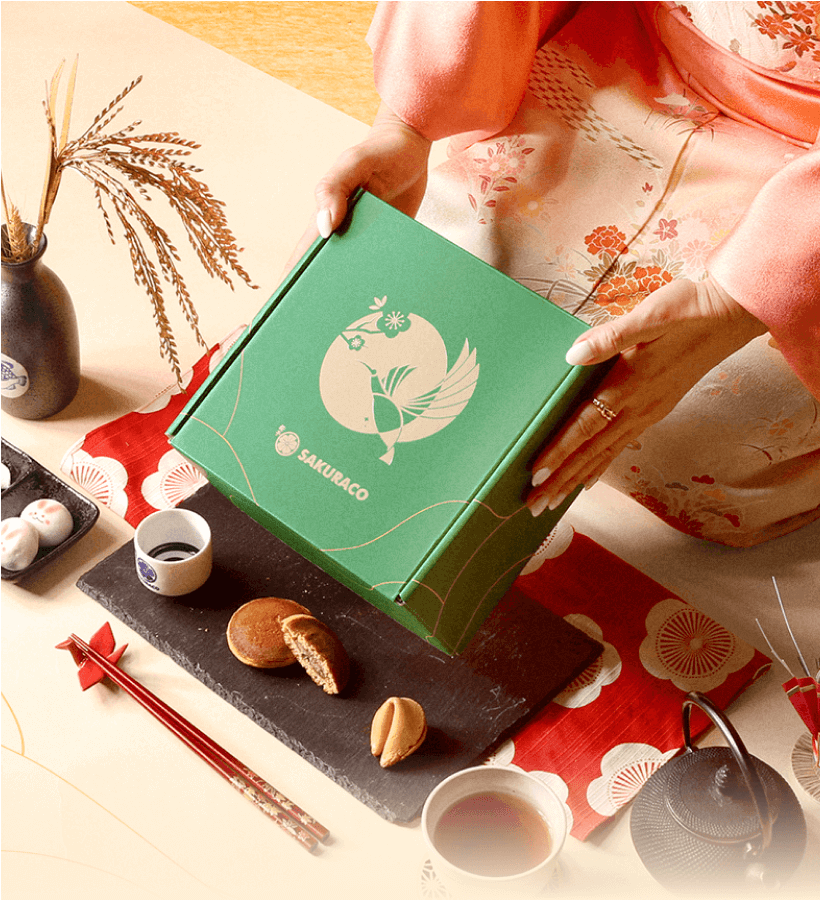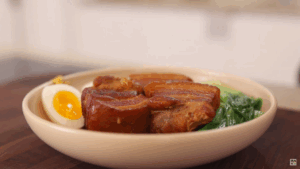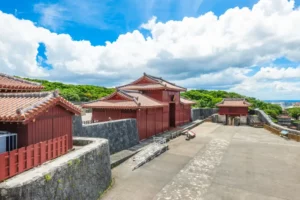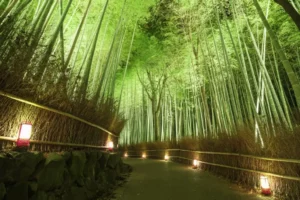Mount Fuji, Japan’s highest and most iconic peak, has long served as a muse not just for artists and poets, but also for confectioners. Its symmetry and snow-capped grandeur make it an ideal motif for culinary artisans nationwide. These treats capture the spirit of Fuji in edible form, reflecting regional ingredients, seasonal symbolism, and time-honored techniques.
Table of Contents
ToggleFuji Yokan
One of the most refined representations of Mount Fuji in confectionery is the Fuji-shaped yokan. Yokan is a dense, sweet jelly made from azuki beans, agar, and sugar, often associated with Japanese tea ceremonies. In its Fuji-shaped version, this classic sweet is molded into a miniature mountain, often with a white layer on top to represent snow.
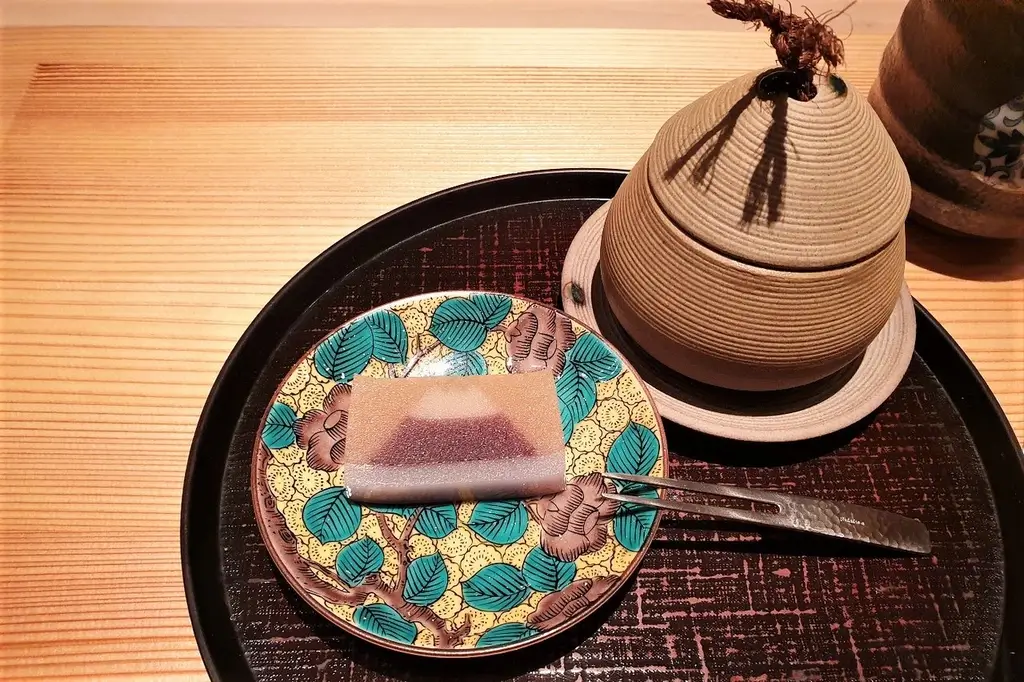
A notable example is the Harukichi Fuji Yokan, available in six seasonal flavors, including green yuzu, loquat, sakura leaf, and salted azuki. Another variant, Fuji no Nishiki by Kindaruma, uses a layered approach to symbolize the four seasons—sakura for spring, matcha for summer, persimmon for autumn, and brown sugar for winter. These sweets also taste delicious and embody the flow of time and aesthetic values deeply rooted in Japanese culture.
Senbei
Senbei, or Japanese rice crackers, are another canvas on which the image of Mount Fuji is brought to life. One popular kind is created by Senya. Moreover, they are known for their satisfying crunch and varied seasonings. senbei have been a staple snack in Japan for centuries. Shaped into miniature versions of Mount Fuji, these rice crackers add playful charm to an otherwise rustic treat.
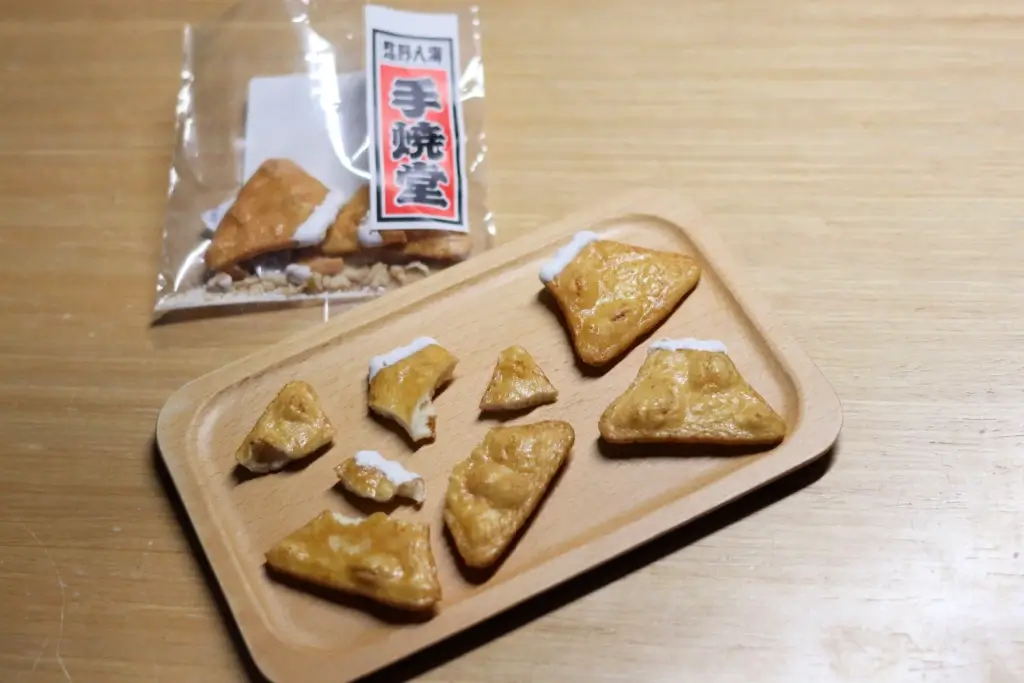
One variety by Senya offers seven flavors and colors, each representing a different interpretation of the mountain. Flavors range from spicy mustard and turmeric-BBQ to purple sweet potato and sugar-coated varieties. These versions are often individually wrapped, enhancing their appeal as gifts or travel souvenirs. Incorporating Mount Fuji into senbei gives the snack visual appeal and deepens its cultural and regional resonance.
Fuji Chiffon Cake
Fuji-shaped chiffon cakes, often called “Fuji-pon,” represent a modern interpretation of the mountain motif. These cakes are light and fluffy, made with fresh ingredients from the region around Mount Fuji, particularly Yamanashi Prefecture. Bakers often use eggs from Oshino and milk from cows grazing on the Asagiri Plateau, reinforcing the connection to the mountain’s local ecosystem. These cakes are from Chiffon Fuji in Fujiyoshida, so it’s close to the sights of Fuji!
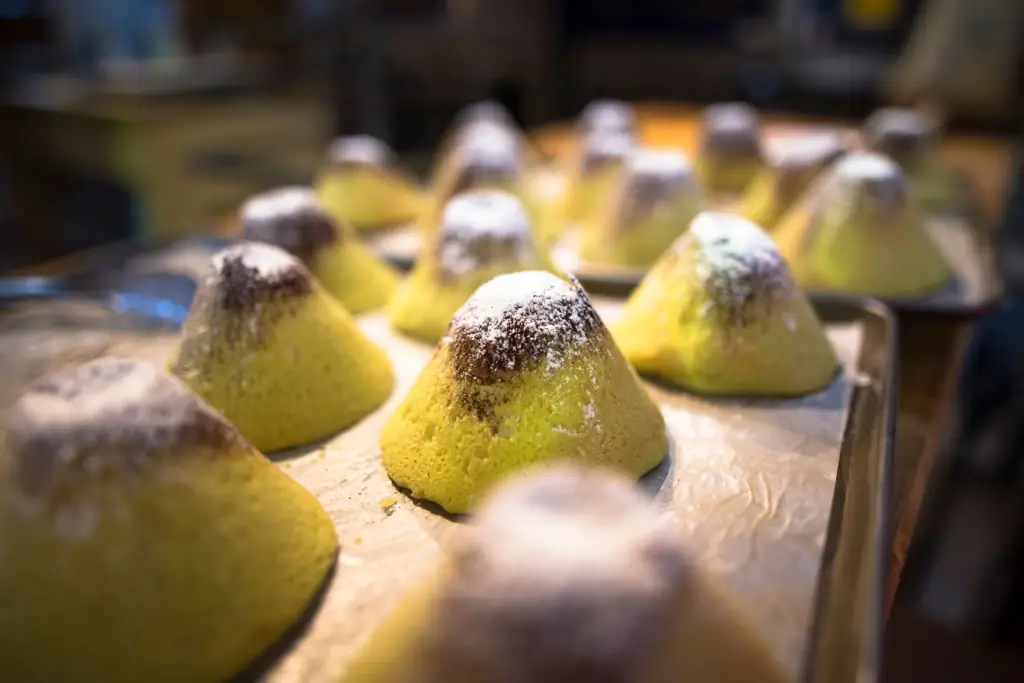
Flavors also range from plain and matcha to banana and chocolate, and the cakes are often dusted with powdered sugar to evoke the mountain’s snowy peak. Some bakeries also produce a rusk version, where slices of chiffon cake are baked a second time to achieve a crispy texture similar to biscotti. Though contemporary in form, these cakes still adhere to traditional Japanese values of seasonality, simplicity, and subtle sweetness.
Are you looking for amazing snacks that are reminiscent of Mount Fuji? Check out Sakuraco! Sakuraco delivers traditional Japanese snacks, teas, and sweets from local Japanese makers directly to your door so you can enjoy the latest treats directly from Japan!
Fujiyama Cookies
Fujiyama Cookies are handcrafted butter cookies made near Lake Kawaguchi, a popular spot for viewing Mount Fuji. They are shaped with distinct ridges to echo the mountain’s contours and often come in various flavors, including vanilla, strawberry, matcha, chocolate, and white chocolate.
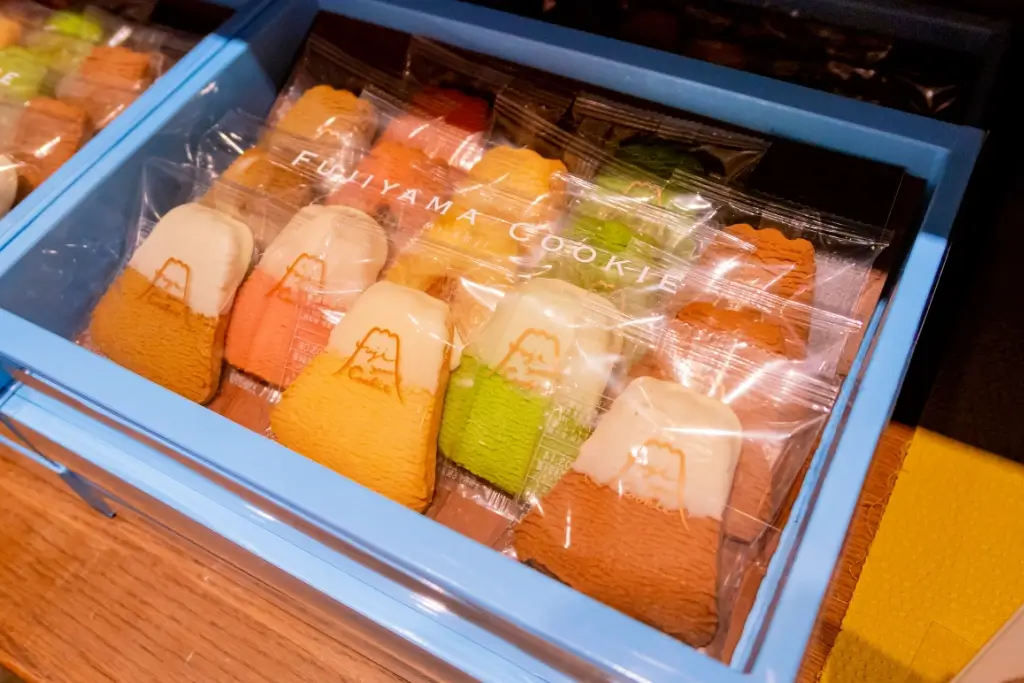
The cookies are crafted using local dairy and mountain spring water, reinforcing their regional identity. Their crumbly texture and refined appearance make them both a visual and gustatory homage to Japan’s most iconic mountain. With careful attention to flavor and form, Fujiyama Cookies represent the fusion of artisanal technique and natural beauty.
Mount Fuji Jelly
Yamafuji Jelly is an agar-based dessert inspired by traditional Japanese sweets and Mount Fuji’s pristine water sources. Its transparent blue base, tinted to resemble the sky or the mountain’s reflection in nearby lakes, is topped with a white gelatin layer symbolizing snow.
This jelly is not only beautiful but also rooted in Japanese culinary history. Agar-based desserts have been enjoyed since the 17th century, and mountain-sourced water adds a layer of authenticity. Served chilled, the jelly is a cooling and elegant treat during the warmer months.
Cheesecakes and specialty cakes
Modern patisseries around Mount Fuji have developed unique cakes inspired by the mountain’s form and texture. One example is a marbled sponge cake from La Vérdure Kimuraya that mimics the look of cooled lava, topped with white chocolate or buttercream to replicate snow.

Another is the powdered-snow cheesecake from Sweets Garden in Kawaguchiko. It features a dense, creamy base made with regional dairy products and is finished with a dusting of powdered sugar to resemble fresh snow. These cakes blend Western baking techniques with Japanese attention to detail and seasonal expression.
Mt Fuji Cake
If you want a savory dessert, check out La Verdure Kimuraya for a Mt. Fuji-shaped cake! This cake is designed to look like the famous mountain with a snowy peak, while the inside is a chocolate marble sponge cake. It has a gentle sweetness since it is made and sourced from local ingredients with no additives added.
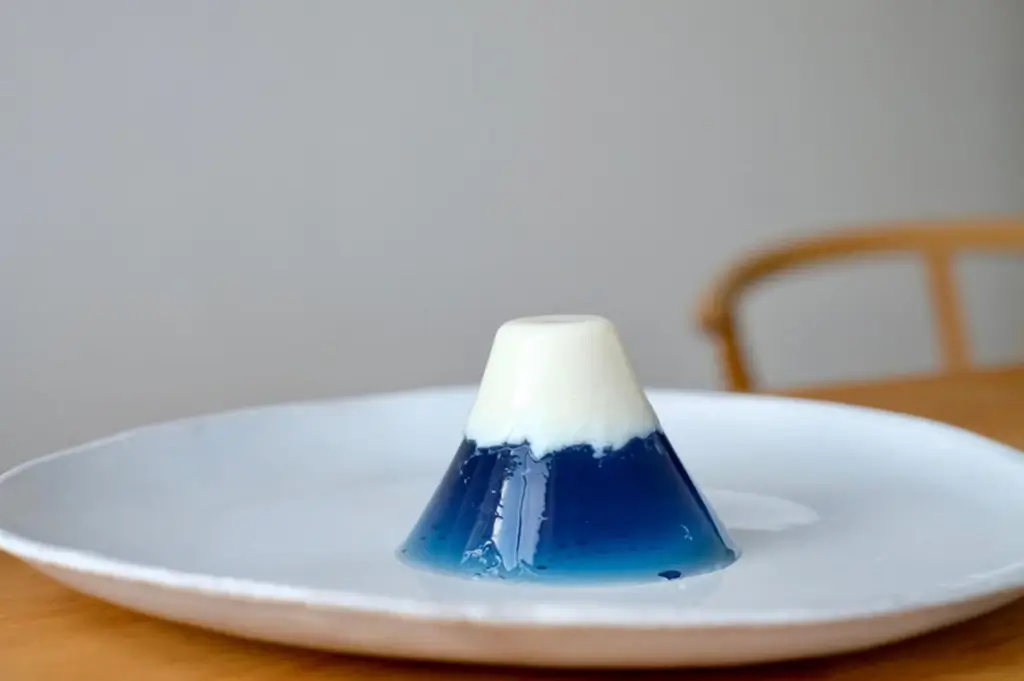
Why are Fuji-shaped snacks so popular?
Fuji-shaped snacks are popular because they represent a confluence of nature, culture, and craftsmanship. Their regional ingredients highlight local pride, while their intricate forms demonstrate the Japanese commitment to aesthetics and seasonal expression. Have you tried any of these or know of other Fuji-shaped snacks in Japan? Leave a comment below and let us know!


